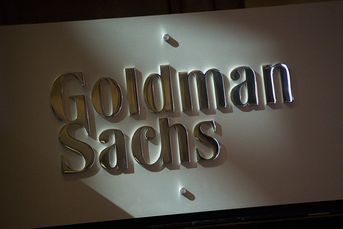Sin stocks: One reason it’s good to buy bad

Dividend yields are starting to make sin stocks difficult to ignore, according to Jeff Middleswart, manager of the Vice Fund Ticker:(VICEX).
Dividend yields are starting to make sin stocks difficult to ignore, according to Jeff Middleswart, manager of the Vice Fund Ticker:(VICEX).
With the exception of the gambling sector, the other three of the big four sin stock categories – tobacco, alcohol and defense – are providing steady total returns in an otherwise iffy market environment.
While some investors and portfolio managers pride themselves in avoiding so-called sin stocks, Mr. Middleswart prefers to tap into the dividends being thrown off by a lot of these companies.
Mr. Middleswart took over management of the $67 million fund offered by USA Mutuals in February.
In general, he said, tobacco stocks are paying dividends in the 5% to 6% range, defense stocks are paying nearly 3.5%, and alcohol sector stocks are paying around 3%.
“These companies have to do something with the cash flow,” he said.
The gambling industry, in general, is still struggling to recover from a slower economy and weaker balance sheets.
“We’re looking for stocks that are trading cheaper than the market and with lots of free cash flow,” Mr. Middleswart said. “We end up picking up a greater dividend yield than the market as a whole and that gives us a built-in fairly solid 8% or 9% return.”
The reason many sin stocks do so well in more difficult economies often boils down to cash flow, which can translate to dividends and stock buy-back programs.
“These companies don’t spend a lot of money on research and development, they’re not remaking products all the time, they mostly control their own distribution, they have lean cost structures, and consumers buy the products in good times and bad,” Mr. Middleswart said.
The sin stock categories are also shielded from the threat of new competitors because of the high barriers to entry.
And consolidation has further bolstered the industries.
Liquor producers, for example, have shrunk from 20 major players a decade ago to a field of just eight today.
In the defense sector, more than 20 years of consolidation has resulted in a half-dozen major companies and a lot of subcontractors.
“These defense companies are supported by a lot of long-term government contracts, and it’s tough for startups to get government contracts,” Mr. Middleswart said.
The Vice Fund typically holds about three dozen stocks, and has an annual turnover rate of about 30%.
Some of the stocks he likes in each of the four broad categories include Anheuser-Busch InBev Ticker:(BUD), Lorillard Inc. Ticker:(LO), General Dynamics Corp. Ticker:(GD), and Churchill Downs Inc. Ticker:(CHDN).
Portfolio Manager Perspectives are regular interviews with some of the most respected and influential fund managers in the investment industry. For more information, please visit InvestmentNews.com/pmperspectives.
Learn more about reprints and licensing for this article.








